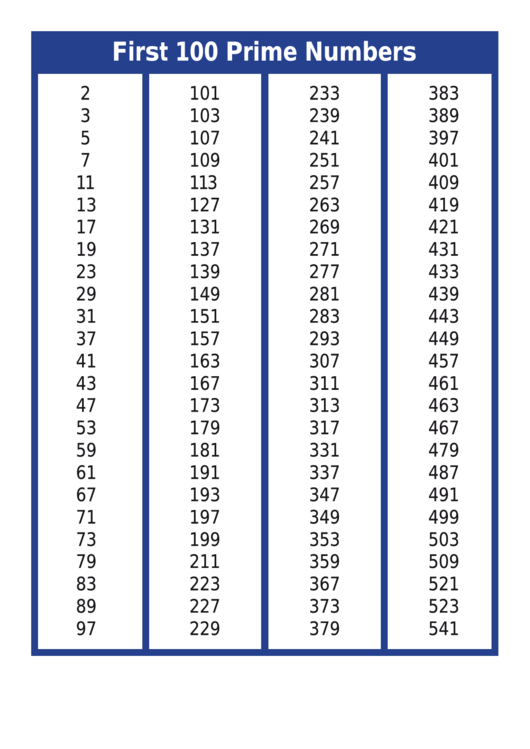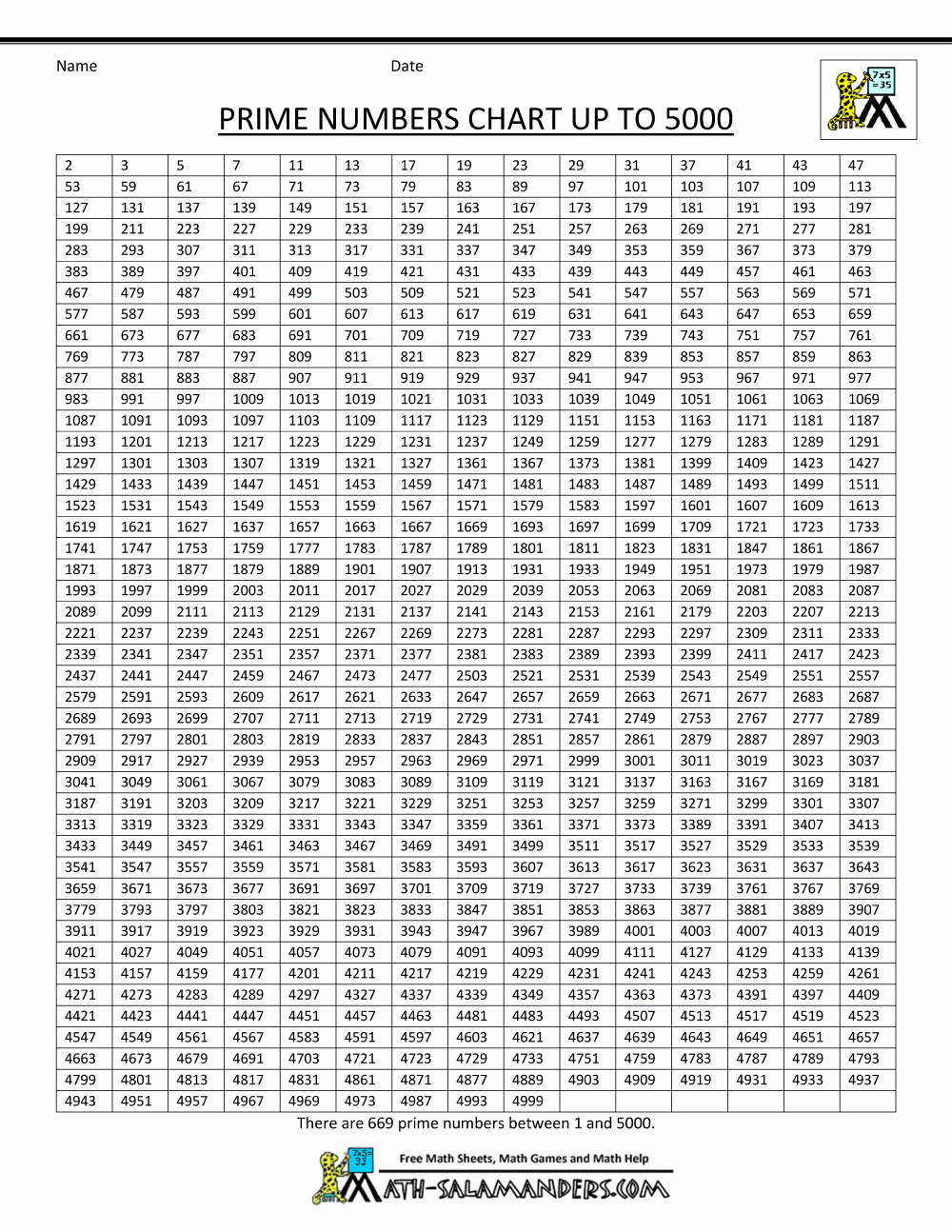


Well, the first guess is to think that the number in fact doesn’t have a proper factor, and therefore it is prime. In the previous example, we were lucky to find proper factors for 21 at the beginning of that long list but, what if the number is too big and we don’t find a proper factor quickly?

Also, the main procedure to determine if a number is prime is verifying if it has proper factors. In other words, 21 is not a prime number.Īs we see, the concept of “prime number” is linked to that of “composite number” because any natural number greater than 1 is either prime or composite. Meaning that both 3 and 7 are proper factors of 21, thus 21 is a composite number. We continue with 3, and we notice that 21 = 3 × 7. Since 21 is not even, 2 doesn’t divide 21. But, where do we look for proper factors? In the list: 2, 3, 4, 5, 6, 7, 8, …, 19, 20, of all natural numbers greater than 1, and less than 21.

To answer this question, we should verify if 21 has proper factors. For example, 9 is an odd number, but it can be split into three equal parts of more than one element. We are not claiming that every odd number is a prime number. Contrarily, the prime number 3 can only be split into equal parts, if each part has one element. Number 6 is composed of numbers different from itself, but 3 is not.Īnother way of differentiating a composite number from a prime number is noticing that a composite number can be split into equal parts having more than one element, but a prime number cannot.įor example, 6 can be split into 2 parts with 3 elements each or into 3 parts with 2 elements each, as shown below. The difference between 3 and 6 is like in the image: 3 comes alone to the party, and 6 comes with two of its friends: the proper factors 2 and 3. Number 6, instead, has two proper factors: 2 and 3, because 6 = 2 × 3. Let’s explore more differences between prime and composite numbers.įor example, 3 = 1 × 3 doesn’t have proper factors, because 2 doesn’t divide it: 3 = (2×1) + 1. Thus, 2 doesn’t have proper factors, and it is, therefore, a prime number.Ī composite number is a natural number that has proper factors. For example, the only factors of 2 are 1 and 2. Thus, the proper factors of 8 are 2 and 4.Ī natural number is called a prime number if it is greater than 1, and it doesn’t have proper factors. Moreover, a proper factor of a natural number is a factor that is different from 1 and from the number itself. For example, the factors of 8 are 1, 2, 4, and 8, because 8 = 8 × 1 = 2 × 4. A factor of a natural number is a positive divisor of it.


 0 kommentar(er)
0 kommentar(er)
